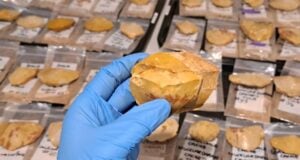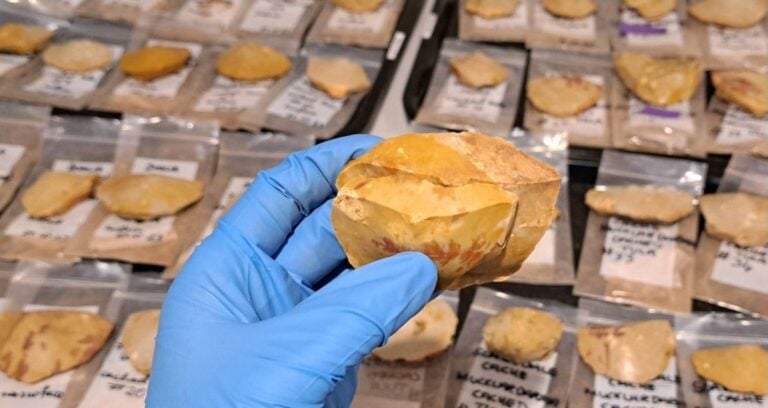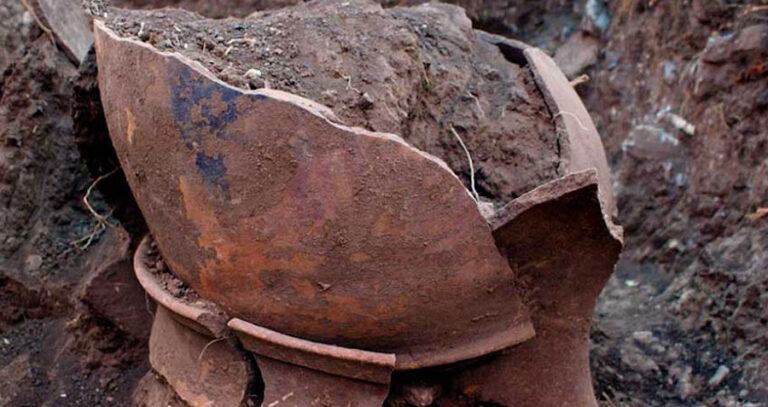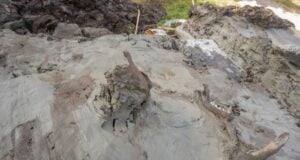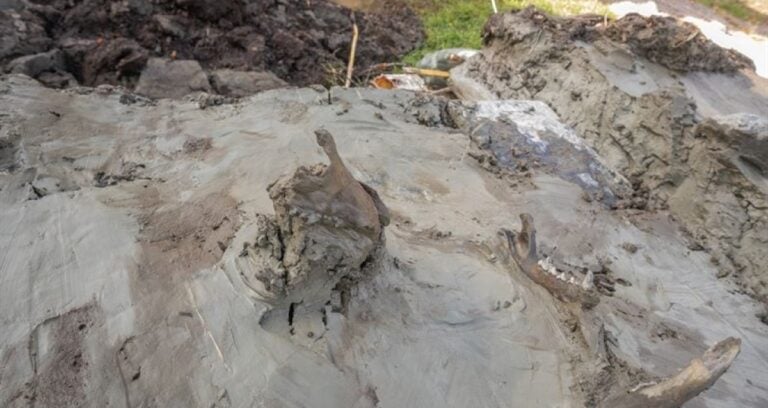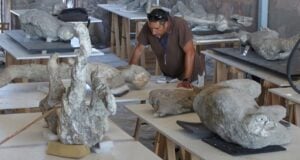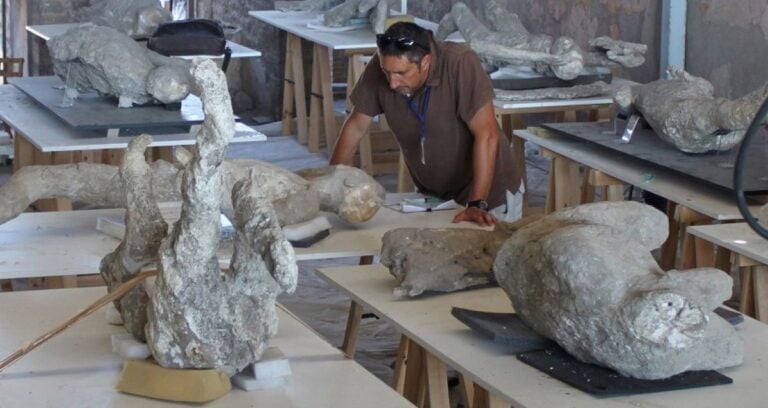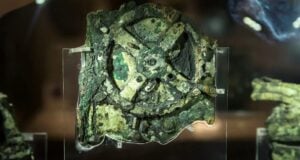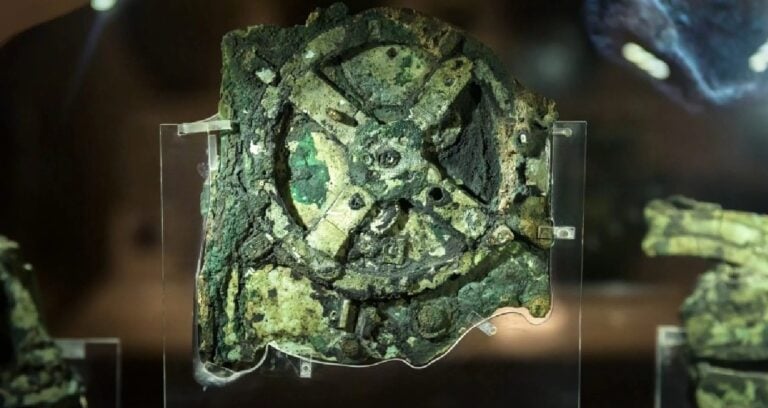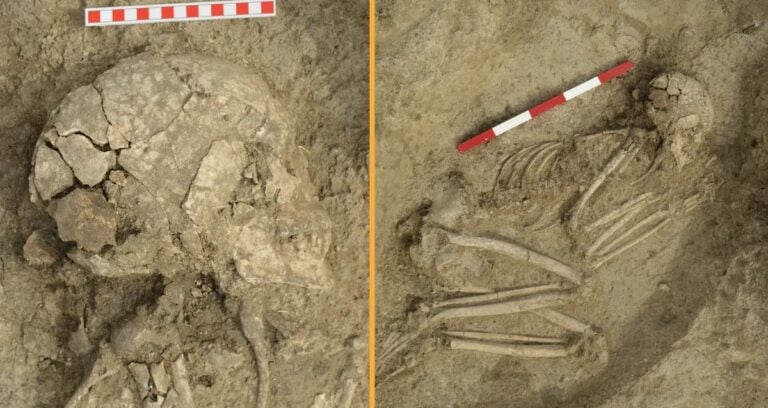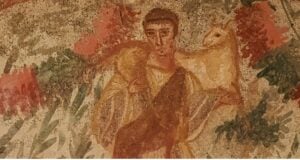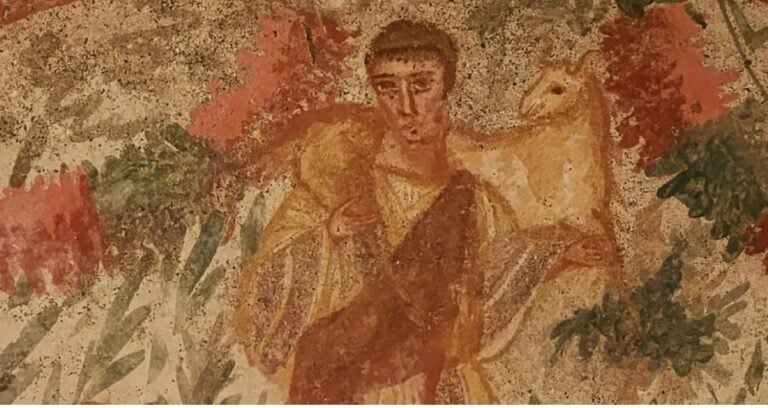archaeology
From the oldest structures in the world to mass graves filled with human remains, archaeologists investigate the sites that unlock the secrets of humanity’s past. And this collection of archaeology news and stories gathers together the most fascinating archaeological discoveries that are continually changing humankind’s understanding of our own history.
There’s the tale of the oldest temple in the world, Turkey’s Gobekli Tepe, built a whopping 6,000 years before both Stonehenge and the advent of recorded human history itself. Then there’s the story of Indonesia’s Gunung Padang, the world’s oldest pyramid and one that has 25,000-year-old pieces that predate the Ice Age. Both of these incredible archaeological finds upended what experts thought they knew about the very origins of humanity.
And while other bits of archaeology news don’t always rewrite the history books, they do remain utterly fascinating for what they can tell us about the mysteries of the ancient world. Consider the massive Irish tomb known as Newgrange that predates Egypt’s pyramids by hundreds of years. Meanwhile, the Bolivian ruins of Pumapunku that so impressed the Inca 500 years later that they figured this must have been the place where the gods created the world.
Every corner of the Earth contains hidden treasures like these — temples, burial sites, entire villages just waiting to show us how our ancestors lived hundreds, if not thousands, of years ago. This collection of archaeology news is here to keep you informed on all of these discoveries that keep us in touch with our ancient past.
